GE-DARADIA Fellowship in MSK Ultrasound in Pain Medicine (3 months course with USG Simulation software for 6 months)
8th July – 30th Sept 2025 (1 module/week)
Registration is Open for the new batch from 1st July
Welcome to the transformative world of MSK ultrasound in pain medicine! Embark on a groundbreaking online fellowship program that combines cutting-edge technology with expert guidance to enhance your diagnostic and interventional skills.Join a community of passionate professionals and dive into the realm of musculoskeletal ultrasound, where you will master the art of visualizing and evaluating soft tissues, joints, and nerves with unparalleled precision.
Through interactive modules, live demonstrations, and hands-on practice (optional), you will unlock the potential of MSK ultrasound as a powerful tool for pain management.
Embark on a transformative journey with Daradia’s Fellowship in Musculoskeletal Pain Management, a program meticulously designed and delivered by a faculty with over 30 years of unparalleled clinical experience and 18+ years of dedicated teaching excellence in pain medicine. This specialized fellowship provides comprehensive, hands-on training in the latest diagnostic and interventional techniques for musculoskeletal pain, including advanced ultrasound-guided procedures and regenerative therapies. Join the ranks of highly skilled pain physicians who have benefited from Daradia’s proven track record as a leading pain management training center in India, equipping you with the extensive knowledge and practical skills necessary to provide superior patient care in this rapidly evolving field.
Program Highlights
- Collaboration with GE Healthcare: A global medical imaging and innovation leader.
- MSK Ultrasound Simulator: Experience cutting-edge virtual simulations for diagnostic and interventional ultrasound! Perfect your skills with hands-on practice.
- Virtual Clinic (Simulated Patient Journey): Dive into AI-powered patient cases, from history-taking to treatment planning – all in a lifelike virtual environment!
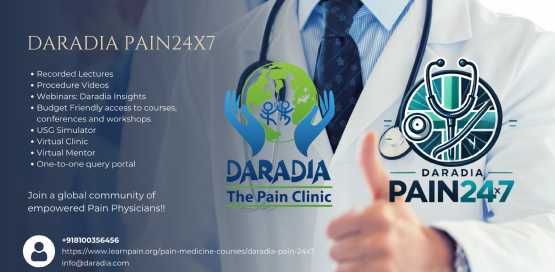
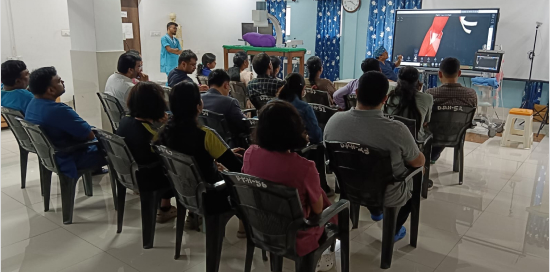
- Virtual Mentor (Your AI Guide): Ask complex questions, explore tough topics, and get instant support for your learning and research.
- Live Demonstrations: Watch real-time demos of ultrasound-guided procedures, interact with experts, and get answers to all your queries.
-
Experienced team: Lead by Dr Gautam Das who has 40 years of clinical experience and 30 years of teaching experience who takes majority classes and moderate all modules.
- Legacy of unmatced excellence: Since 2008, Daradia has trained 4500+ physicians in online and offline courses.
Why Should You Join?
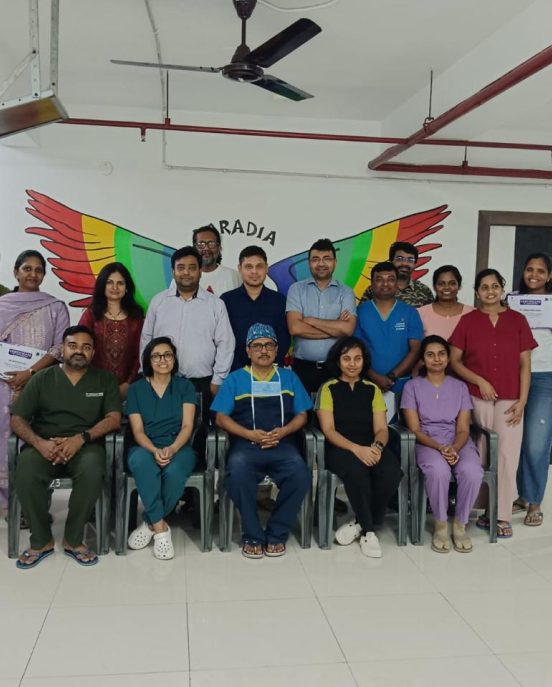
- Learn from world-class experts in pain medicine and MSK ultrasound. Daradia is the leader of MSK Ultrasound courses.
- Master the latest tools OF MSK Ultrasound Simulator and techniques with hands-on, innovative learning.
- Gain prestige by completing a fellowship certificate in association with GE Healthcare
- Access AI-driven platforms for comprehensive learning anytime, anywhere.
Duration : 3 Months (8th July – 30th Sept 2025)
The next MSK Ultrasound course will be announced later.
Mode of Delivery:
Fully Online with Simulation software with an optional hands-on workshop
Course Director:
Dr. Gautam Das MD, FIPP
Faculty
Daradia has an excellent team
of faculty from all around India.
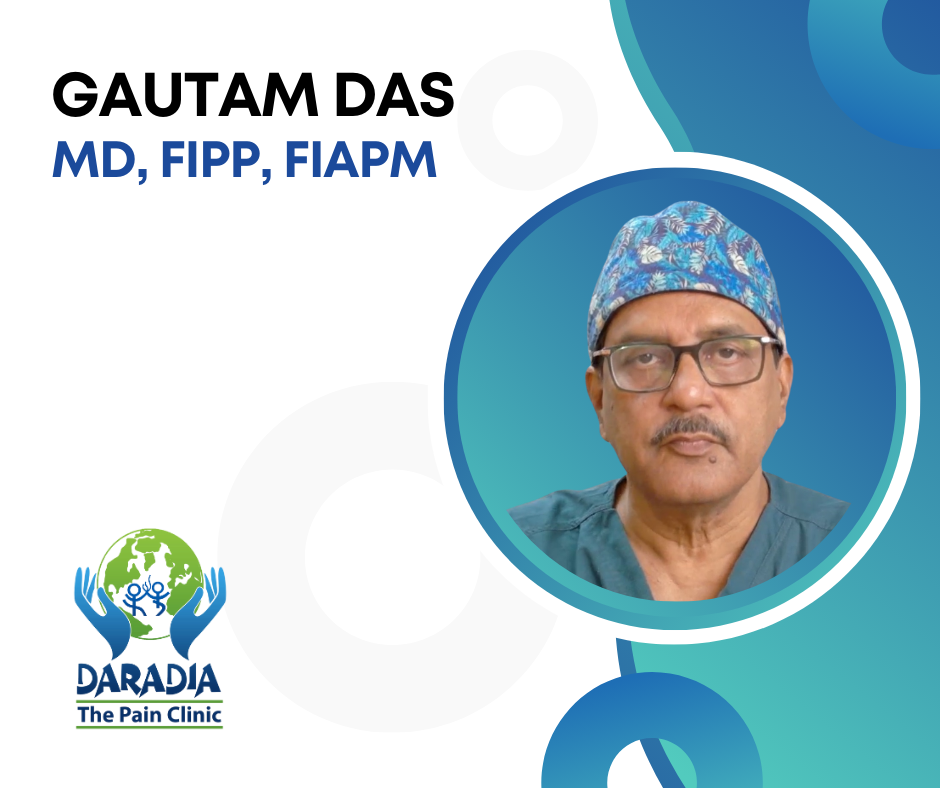




Knee Pain | Ligament Insights & Cryoneurolysis
Feedback of Dr Piyush Patel, an Orthopedic Surgeon
Course Details
MODULE 1: USG basics & Tissue Characterization and Basic Mechanism of various injectate used in musculoskeletal pathologies
MODULE 2: Shoulder Anatomy and Sono-anatomy, Pathology, and Interventions
- Rotator cuff: Supraspinatus muscle, Infraspinatus muscle, Subscapularis, Rotator Cuff Interval
- Biceps long and short head
- Different impingements
- Different nerve blocks: Suprascapular Nerve, Axillary Nerve, Lat pectoral nerve
- Anterior and Posterior GH Joint, Labrum, Acromioclavicular joint,
- Ligaments around the shoulder
Module 3: Elbow Anatomy and Sono-anatomy, Pathology, and Interventions
- Anterior elbow: Brachialis, Distal Biceps Tendon Different Examination Views, Brachial Artery, Median Nerve, Anterior Joint Recess, Coronoid fossa, Radial Fossa, Coronoid process
- Medial Elbow: Common Flexor Tendon, Medial Collateral Ligament, Cubital Tunnel, Examination of ulnar nerve, Sublimus tubercle
- Lateral Elbow: Common Extensor Tendon, Lateral Collateral Ligament complex, Annular Ligament, Supinator muscle, Deep Branch and Superficial branch of the radial nerve, Brachioradialis
- Posterior Elbow: Triceps Tendon, Olecranon Process, Subcutaneous Bursa and Posterior Joint recess, Olecranon Fossa
Module 4: Wrist Anatomy and Sono-anatomy, Pathology, and Interventions
- Dorsal Wrist: Lister Tubercle, Dorsal compartments I-VI, Radiocarpal joint, Midcarpal joint, Carpometacarpal joint.
- Carpal bones identification of both palmar and dorsal view; Extrinsic and Intrinsic ligaments, both palmar and dorsal
- TFCC: Articular disc, meniscus homolog, Ulnar collateral ligaments, dorsal and volar radioulnar ligaments
- Proximal and Distal Carpal Tunnel and its contents
- Ulnar artery and nerve in proximal and distal Guyon’s Canal, FCR, FCU, Palmaris longus, FDS, FDP, FPL
Module 5: Hand Anatomy and Sono-anatomy, Pathology, and Interventions
- Phalangeal bones
- Thenar & hypothenar muscles
- A1 Pulley
Module 6: Hip Anatomy and Sono-anatomy, Pathology, and Interventions
- Anterior & Medial Hip: Capsule of the hip, Psoas tendon, Iliacus tendon, Femoral Nerve, Genitofemoral N, Lat Femoral Cut N, Obturator N, PENG Block, Adductor Tendinitis
- Lateral Hip: Gluteal Muscles’ Tendinous Insertions, Different Bursitis, Greater trochanteric pain syndrome
- Posterior Hip: Sciatic Nerve Block, Pudendal Nerve Block, Piriformis Injection, Ischio-gluteal Bursa.
- Demonstration of the following fluoroscopic guided blocks on the mannequin
- Celiac Plexus block
- Splanchnic Nerve block
- Lumbar sympathetic block
- Superior Hypogastric Plexus block
Module 7: Knee Anatomy and Sono-anatomy, Pathology, and Interventions
- Anterior: Rectus Femoris, Vastus intermediate, Lateralis, Medialis Quadriceps Tendon, Suprapatellar recess, Suprapatellar Fat Pad, Pre-femoral Fat Pad, Distal Femur, Medial, and Lateral joint Recess, Patellar Tendon, Infrapatellar fat pad, Pre and Infrapatellar Bursa (Superficial and Deep), ACL in long and short axis
- Medial Knee: Medial collateral ligament (Superficial and deep layer), Medial Joint space, Medial Meniscus, Pes anserine bursa, Genicular artery, Medial patellar retinaculum, patella-femoral ligament
- Adductor canal: Saphenous nerve, nerve to Vastus Medialis, sub sartorial plexus
- Lateral: Biceps Femoris, ITB, Lateral collateral ligament, Lateral joint space, Lateral meniscus,
- Posterior Knee: Semimembranosus, Semitendinosus, Lateral, and Medial Gastrocnemius, Popliteal and Sciatic Nerve, PCL, Humphrey and Wrisberg ligament, Posterior Joint space, Common Peroneal Nerve, Lat sural cutaneous nerve
Module 8: Ankle Anatomy and Sono-anatomy, Pathology, and Interventions
- Anterior Ankle: Tibialis Anterior, EHL, EDL, Deep peroneal nerve, Anterior Tibial Artery, Anterior Joint recess, Great saphenous vein, Saphenous nerve, Superior and Inferior Extensor retinaculum.
- Medial Ankle: Tibialis Posterior, FHL, FDL, Tibial nerve, Posterior tibial artery, Flexor retinaculum, Deltoid Ligament (all parts), Spring Ligament,
- Lateral Ankle: Peroneus longus and brevis, Superficial peroneal nerve, Calcaneo fibular ligament, Anterior inferior Tibiofibular, Anterior Talofibular Ligament
- Posterior Ankle: Achilles Tendon formation, Retrocalcaneal bursa, Subtalar joint, Soleus, Gastrocnemius, Sural Nerve
Module 9: Foot Anatomy and Sonoanatomy Pathology and Interventions
Module 10: Nerves of the Head, Pathology, and Interventions
Supra-orbital, Infra-orbital, Mental, Maxillary, Mandibular, Auricotemporal
Module 11: Anatomy and sonoanatomy of the Neck, Pathology and Interventions
Greater Occipital, 3rd Occipital, Cervical Root, Cervical Medial Branch, Lesser Occipital, Greater Auricular, Cervical Plexus, Stellate Ganglion, cervical nerve roots, muscles os anterior and posterior neck
Module 12: Anatomy and Sonoanatomy of Thorax and Interventions
DSN, SAN, Thoracic Spine Sono-anatomy, Intercostal muscles, artery and nerves, and Erector Spinae muscle, Ilioinguinal N, Iliohypogastric N and anterior cutaneous nerves.
MSK Ultrasound classes by Gautam Das
Feedbacks:
Registration fee
| Course Fee (Including GST) | For India-Bangladesh-Nepal-Sri Lanka | For all other countries |
| Valid till 30th April 2025 | Rs 36000 | USD 700 |
| Valid till 25th June 2025 | ||
| From 26th June 2025 |
How To Pay
Bank name
HDFC BANK LTD.
Account number:
00282560001158
Bank code : RTGS/NEFT IFSC:
HDFC 0000028
Account name:
Daradia the pain clinic
Swift code:
HDFCINBB
Bank branch
Raghunathpur
Address Of Bank
dhariwal house, vip road, raghunathpur, dist. 24 parganas (north), kolkata – 700 059, west bengal, india
Terms & Conditions:
Date change is possible if requested 1 week prior to the event with the next online course, after that date change is not possible. Cancellation is possible with a refund of 90% of the registration fee if requested 1 week prior to the event. No date change or cancellation is possible if requested within 7 days of the event.
Registration of International participants other than Bangladesh, Sri Lanka & Nepal
QR Code for Indian participants:

Frequently Asked Questions – Online Fellowship in Pain Medicine
READ MORE COMMENTS
 United States
United States
Dr. Lauren Mitchell, California, USA
“The MSK ultrasound simulator included in this online pain fellowship was incredibly realistic. As a US-based pain physician, this was the best way to refine my sonoanatomy skills without traveling to a cadaver workshop.”Dr. Alan Hughes, New York, USA
“I found the Daradia online MSK ultrasound course well-aligned with outpatient interventional pain practices in the US. The repeatable modules and hands-on simulator made learning convenient and practical.”Dr. Rebecca Jones, Texas, USA
“I was skeptical about online MSK ultrasound training, but the simulator exceeded my expectations. It’s cost-effective, interactive, and a great supplement to in-clinic experience here in the US.”
 Canada
Canada
Dr. Noor Hassan, Ontario, Canada
“This online ultrasound-guided pain management course helped me master key procedures like suprascapular and SI joint injections. The MSK simulator is a brilliant innovation in pain education.”
 United Kingdom
United Kingdom
Dr. Fiona Clarke, London, UK
“As a consultant in the NHS, time is limited. This structured online pain fellowship with an MSK ultrasound simulator offered flexible, repeatable learning. Highly recommended for UK pain specialists.”
 Australia
Australia
Dr. Daniel Wright, Sydney, Australia
“I appreciated the anatomical accuracy of the USG simulator in this course. It’s a comprehensive way to gain ultrasound confidence without having to attend in-person training in Australia.”
 Singapore
Singapore
Dr. Mei Lin, Singapore
“Sonoanatomy of shoulder and paraspinal areas became much clearer after I used the simulator. It fits perfectly into a busy clinical schedule, especially here in Southeast Asia.”
 United Arab Emirates
United Arab Emirates
Dr. Ahmed Al Zayani, Dubai, UAE
“This online MSK ultrasound fellowship gives international doctors like me access to world-class pain training. The simulator is detailed and allows repeat scanning for mastery.”
 South Africa
South Africa
Dr. Sipho Nkosi, Johannesburg, South Africa
“The ultrasound-guided training through the simulator helped me transition from theory to practice. It’s the most affordable and effective online MSK course I’ve come across.”
 Nigeria
Nigeria
Dr. Chinyere Okafor, Lagos, Nigeria
“The web-based ultrasound simulator was a major advantage. Even with limited resources, I was able to complete the online MSK ultrasound course with great confidence.”
 Brazil
Brazil
Dr. Rafael Almeida, São Paulo, Brazil
“Learning musculoskeletal ultrasound with virtual simulation was eye-opening. The course includes real interventional strategies that we can implement in Latin American practice.”
 Malaysia
Malaysia
Dr. Nur Azizah, Kuala Lumpur, Malaysia
“The Daradia MSK ultrasound fellowship is perfect for doctors in Asia looking to upskill. It’s cost-effective, well-structured, and provides international-standard interventional training.”
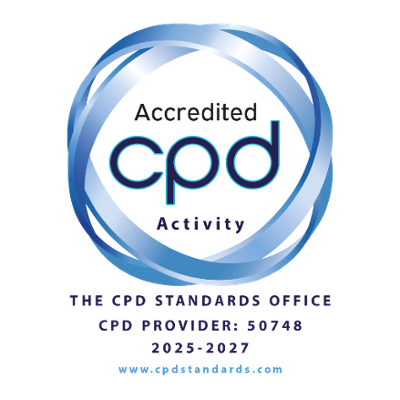


 United States
United States  Canada
Canada United Kingdom
United Kingdom Australia
Australia Singapore
Singapore United Arab Emirates
United Arab Emirates South Africa
South Africa Nigeria
Nigeria Brazil
Brazil Malaysia
Malaysia